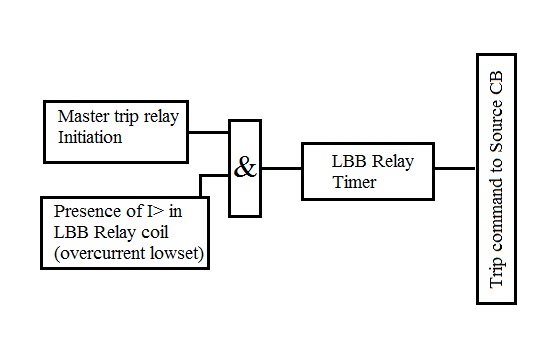Conductor
Electricity is the most powerful and heavily demanded mode of energy for all human beings in this world. According to the law of conservation of Energy states that "Energy can neither be created nor be destroyed, it can only be changed from one form to another",So to achieve this typical energy format we have to convert from other energy variants.There are many modes conversion of energy to electricity. Hydro, geothermal, nuclear, wind, waves, etc are some among them. After conversion the stage before utilization is to transfer power. So to fulfill this, a medium for transferring power has to be discovered.
We could define electricity as the study of flow of charge/electrons. So fundamental property of the medium used for transfer of power should strongly support the flow of electrons.
It was Stephen Grey, who noticed that the the cork (at the end of his glass tube which kept moist air and dust out) has developed an attractive forces on small piece of paper and chaff when a glass tube was rubbed. Then he connected stick to the cork and noticed that charge itself has was evident at the end of the stick. Subsequently he used a thread wire (unaware of the significance of metal has a conductor) and found the charge transferred from his room to the courtyard. He was also able to discover the silk was much less conducting and used as a support for the thread wire. Later this less conductive materials are known as insulators (will be discussed later).
 Afterwards the material made of metals are commonly used as electric conductors as there is free electrons in their atomic structure. As said earlier, for power to be transferred it is not necessary that the charged particles must flow. Those charged particles have to transfer their kinetic energy as a vibrational energy to other and so on till load end.
Afterwards the material made of metals are commonly used as electric conductors as there is free electrons in their atomic structure. As said earlier, for power to be transferred it is not necessary that the charged particles must flow. Those charged particles have to transfer their kinetic energy as a vibrational energy to other and so on till load end. The property of electrons in the process of conduction is proposed by Paul Drude in 1900 as Drude Model (figure to left) of electric conduction. In this, he explains the electron movement as a sea of constant jittering electrons bouncing and re-bouncing heavier relative immobile positive ions.
The most significant result of Drude model is, a linear relationship between current density(J) and electric field(E).
դ : Number density
ፒ : Mean free time between ionic collision
q : Electron charge
m : Mass
Ohm(Ω) is the unit of resistance, ያ is the resistivity, "l" is the length of the material and "A" is the area of the material used. So resistivity is the measure of material's ability to oppose flow of electrons. This formula provides a good approximation for long thin wires. It assumes that current density is totally uniform in conductor which may not be true in practical cases.
On further study it proved, conductor materials includes metals, electrolytes, super conductors, semiconductors, plasma and some non metallic conductor such as graphite and conductive polymers.
Mainly the conductors used now-a-days are copper, aluminium, silver, etc. According to their resistive nature and cost of production, purpose to which it is used differ.
Here we must introduce the next term which connects the relation. Conductivity or property of a material to support the flow of electrons. The unit of conductivity is Siemens(S)
Ohm(Ω) and Siemens(S) are the units found respectively by Georg Simon Ohm and Ernst Werner Siemens
So in the above said three materials, Silver is having high conductivity of 6.30x10^7 S/m. Copper is also not so bad , compared to silver. It has 5.96x10^7 S/m conductivity. Most commonly used conductors of today is aluminium. It is having a conductivity of 3.50x10^7 S/m.
Even though for a fixed length of aluminium and copper, Aluminium is having only 61% of Copper's conductivity while it weighs only one third of Copper and have many economic advantages when large conductors are required. It's disadvantages are mechanical and chemical properties such as thermal expansion, becoming oxides thus making connections heated up and loosening the contact area for arc formation.
Universal solvent water is not a conductor in it's pure form but even a small portion of an ion can rapidly transform it as a conductor.
Depending upon the type of use, wires are classified into many(Discuss in upcoming posts, stay connected).






Comments
Post a Comment